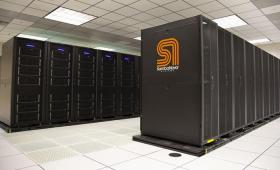LLNL has installed a state-of-the-art artificial intelligence accelerator from SambaNova Systems, allowing researchers to more effectively combine AI and machine learning with complex scientific workloads.
Science and Technology
in the News
Science and Technology
in the News
News Center

The authors use first-principles modeling to assess fundamental aspects of the atomic structure of both amorphous and crystalline aluminum oxide tunnel junctions.
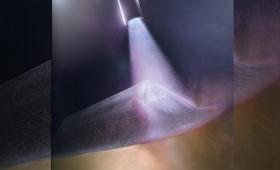
LLNL and TTEC Thermoelectric Technologies have won an R&D 100 award for developing a new technique called Versatile Cold Spray.
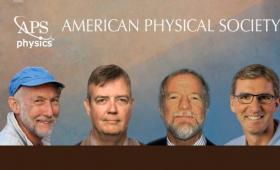
Four Lawrence Livermore National Laboratory (LLNL) scientists have been selected as 2020 fellows of the American Physical Society (APS).

Renowned Livermore atmospheric scientist Ben Santer has been honored with the American Geophysical Union’s 2020 Bert Bolin Award.
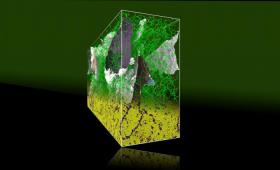
An LLNL team solved a mystery of metallurgy by simulating the metal hardening process.
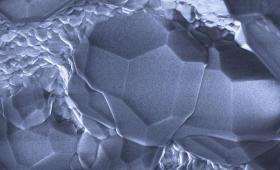
A multi-institutional research team synthesized methane hydrate with sediments to determine the electrical conductivity of the mixtures.

In 1963, a comprehensive, long-range program dealing with the sources and biological effects of human-made radiation was established by the Atomic Energy Commission (AEC) at the Lawrence Radiation Laboratory, Livermore.
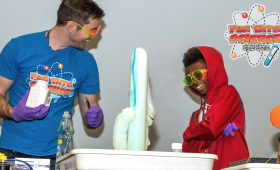
In this experiment, “elephant toothpaste” is made by the decomposition of hydrogen peroxide using a catalyst to facilitate an otherwise invisible chemical reaction. H202 is decomposed in a graduated cylinder by adding a scoop of potassium iodide. Soap is added to make the mixture foam and food coloring is used to add color and the effect of foaming toothpaste.
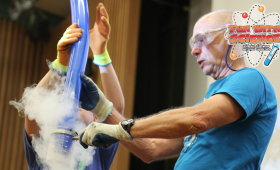
Experiments with ultra-cold liquid nitrogen demonstrate states of matter, such as solids, liquids and gases, and phase transitions between these states using everyday items. A large CO2 balloon is compressed inside a tiny beaker by freezing the gas into dry ice. Then, a fluffy marshmallow is submerged in liquid nitrogen and shattered into tiny pieces.


